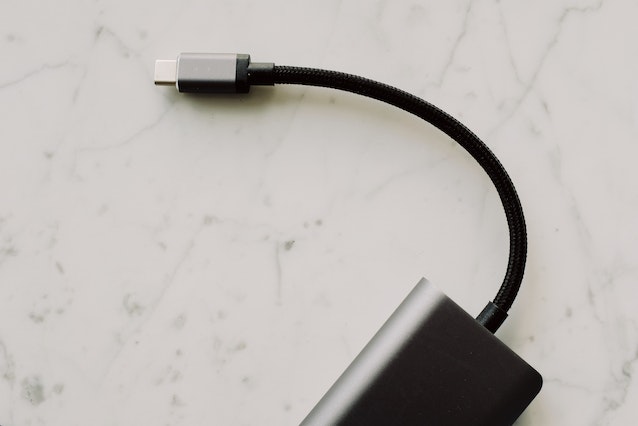
In the vast and intricate world of electronics, connectors play a pivotal role in ensuring the seamless flow of information and power. One such connector that has stood the test of time and continues to be a crucial component in a wide range of applications is the D sub connector. In this blog, we will delve into the world of D-Sub connectors, exploring their history, design, applications, and why they remain an integral part of modern electronics.
The Origins of the D-Sub Connector
The D-Sub connector, short for “D-Subminiature,” was originally developed by Cannon Electric (now ITT Cannon) in the mid-20th century. The name “D-Sub” refers to the characteristic D-shaped metal shield around the connector, which not only provides mechanical stability but also shields against electromagnetic interference (EMI). This design innovation was groundbreaking at the time and laid the foundation for the connector’s enduring popularity.
Design and Variants
D-Sub connectors are known for their robust, rectangular design, making them ideal for applications where durability and secure connections are essential. They are available in various sizes, with the most common being the 9-pin (DE-9), 15-pin (DA-15 or DB-15), and 25-pin (DB-25) configurations. These connectors come in both male and female versions, where the male connectors have pins and the female connectors have sockets. This versatility allows for a wide range of applications, from data transmission to power supply.
D-Sub connectors typically have threaded hardware, which ensures a secure and reliable connection. The gender of the connector and the number of pins can vary according to the specific needs of a particular application.
Applications of D-Sub Connectors
The D-Sub connector’s adaptability and durability have made it a standard in various industries. Here are some of the primary applications where D-Sub connectors are widely used:
- Computer Hardware: D-Sub connectors were once the standard for connecting monitors (VGA), keyboards, and mice to computers. While newer technology has largely replaced them in this context, D-Sub connectors are still used in legacy systems.
- Industrial Control Systems: D-Sub connectors are extensively used in industrial control systems, where reliable and durable connections are paramount. They are often employed for connecting sensors, switches, and control devices.
- Aerospace and Defense: In the aerospace and defense industries, where reliability is a matter of life and death, D-Sub connectors are trusted for connecting avionics systems, ground control equipment, and more.
- Telecommunications: D-Sub connectors can be found in telephone systems and network equipment, particularly in older installations. They offer a robust solution for data and signal transmission.
- Test and Measurement Equipment: D-Sub connectors are often used to connect instruments such as oscilloscopes, multimeters, and data acquisition systems to computers and other devices.
- Automotive Industry: D-Sub connectors are employed in various applications within the automotive sector, from diagnostic tools to engine control systems.
Why D-Sub Connectors Endure
Despite the emergence of more compact and advanced connectors, the D-Sub connector continues to hold its ground in many industries. There are several reasons for its enduring popularity:
- Robustness: D-Sub connectors are known for their durability and rugged design, making them suitable for harsh environments and industrial applications.
- Legacy Compatibility: Many legacy systems and equipment still rely on D-Sub connectors, preventing their obsolescence.
- EMI Protection: The metal shield around the D-Sub connector offers excellent protection against electromagnetic interference, which is crucial in various applications.
- Versatility: D-Sub connectors are available in various pin configurations and sizes, making them versatile enough to accommodate a wide range of applications.
- Cost-Efficiency: D-Sub connectors are cost-effective and readily available, making them an attractive choice for businesses looking to maintain their existing systems.
Conclusion
In the ever-evolving world of electronics, the D-Sub connector remains a symbol of longevity and adaptability. Its robust design, versatility, and historical significance in various industries continue to ensure its relevance. As technology progresses, D-Sub connectors will likely coexist with newer connectors, serving as a testament to the enduring importance of this classic component in modern electronics.




